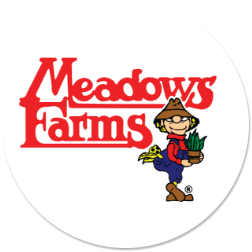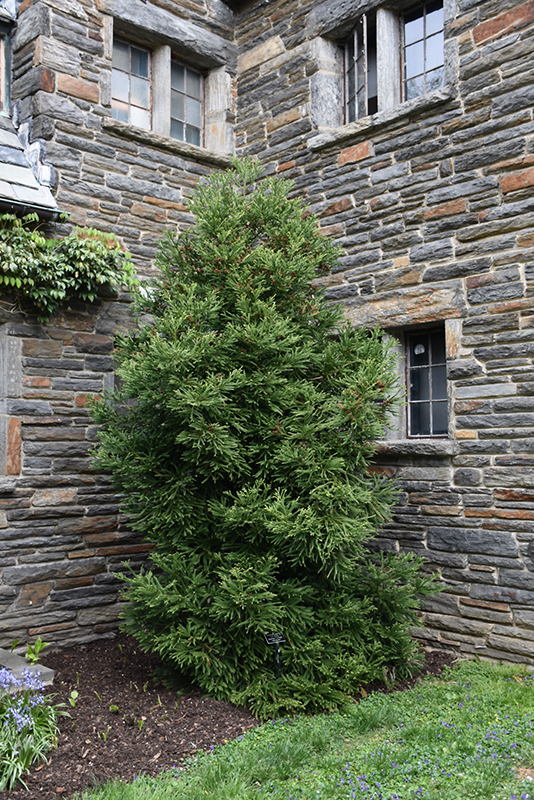Gyokuryu Japanese Cedar
Cryptomeria japonica 'Gyokuryu'
Height: 10 feet
Spread: 7 feet
Sunlight:
![]()
Hardiness Zone: 4b
Description:
A spreading, pyramid shaped evergreen tree with dark green foliage that is consistent throughout the year, ideally suited as an accent, or planted in groups for interest; water on a regular basis until established
Ornamental Features
Gyokuryu Japanese Cedar is a dwarf conifer which is primarily valued in the landscape or garden for its distinctively pyramidal habit of growth. It has attractive dark green evergreen foliage. The scale-like sprays of foliage are highly ornamental and remain dark green throughout the winter. The peeling antique red bark adds an interesting dimension to the landscape.
Landscape Attributes
Gyokuryu Japanese Cedar is a multi-stemmed evergreen shrub with a distinctive and refined pyramidal form. Its relatively fine texture sets it apart from other landscape plants with less refined foliage.
This is a relatively low maintenance shrub. When pruning is necessary, it is recommended to only trim back the new growth of the current season, other than to remove any dieback. It has no significant negative characteristics.
Gyokuryu Japanese Cedar is recommended for the following landscape applications;
- Accent
- Vertical Accent
- Mass Planting
Planting & Growing
Gyokuryu Japanese Cedar will grow to be about 10 feet tall at maturity, with a spread of 7 feet. It has a low canopy with a typical clearance of 2 feet from the ground, and is suitable for planting under power lines. It grows at a fast rate, and under ideal conditions can be expected to live for 60 years or more.
This shrub should only be grown in full sunlight. It prefers to grow in average to moist conditions, and shouldn't be allowed to dry out. It is particular about its soil conditions, with a strong preference for rich, acidic soils, and is able to handle environmental salt. It is quite intolerant of urban pollution, therefore inner city or urban streetside plantings are best avoided, and will benefit from being planted in a relatively sheltered location. Consider applying a thick mulch around the root zone in winter to protect it in exposed locations or colder microclimates. This is a selected variety of a species not originally from North America.


